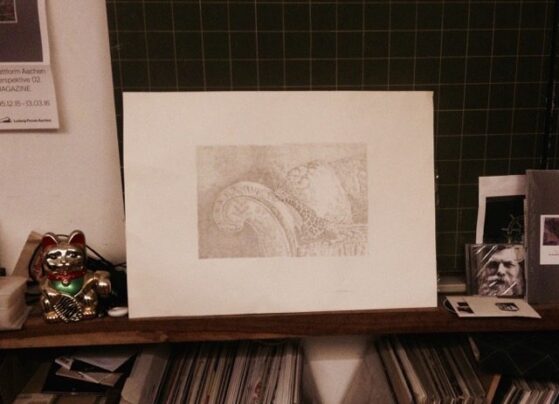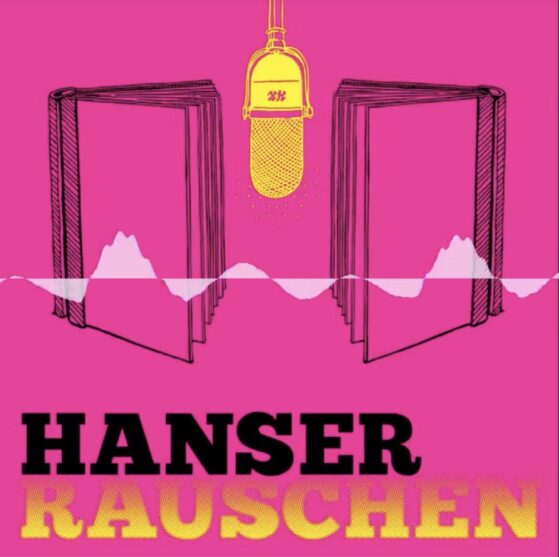Vittoria Capresi: The Fascist Settlements in Colonial Libya and Italy
2025
How can people’s memories contribute to our understanding of the built environment? How can narratives about spaces shed new light on the mechanisms that govern architecture and buildings? If considering architecture built under fascism, can oral histories suggest an alternative interpretation of facts? Can private stories contribute to the process of decolonisation and at the same time valorisation of this controversial architecture? The subjects of the lecture are the new settlements built by Mussolini in colonial Libya and Italy in the 1930’s. The realisation of the new towns and settlements, both in Italy and in the colony, was a step to achieve the project of internal colonisation launched by Mussolini, which envisaged the shifting of population from regions that were overpopulated and had high unemployment rates, to the newly funded towns. The reclamation of the Agro Pontino, a marsh district south from Rome, took from 1927 until 1939. It included, besides the draining of the marshes, the subdivision into agrarian parcels of 840 square kilometres of land, the realisation of around 3000 farms and 18 villages and five new towns. The program of mass colonisation of Libya envisaged the transfer of 100.000 peasants to the colony, divided into 5 yearly transfers of 20.000 people. In 1938 and 1939 the first two stages of its implementation took place, with the organised transfer of circa 40.000 Italian peasants to 27 settlements on the coasts of Tripolitania and Cyrenaica. What happened after the end of fascism and colonisation? Where the agricultural programs completed? What happened to the architecture and the inhabitants? From being part of a big political utopia, did the settlers change their habits and everyday lives after the end of fascism? Did their personal stories contributed to a more objective interpretation of the fascist architecture? This paper aims at exploring how a method which combines both objective data and subjective narratives can contribute to the overall understanding of the architecture of the fascist rural settlements. In particular the idea of fascism as promoted by the State and as perceived by the settlers will be analysed and compared. The topic is one of the research themes in the MODSCAPES EU project, Modernist Reinvention of the Rural Landscapes www.modescapes.eu
Identität und Erbe




